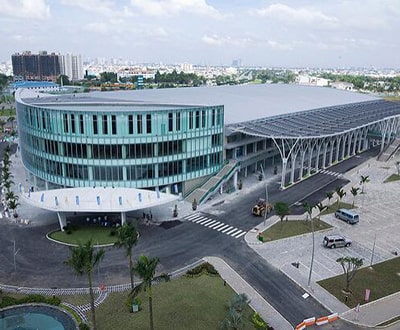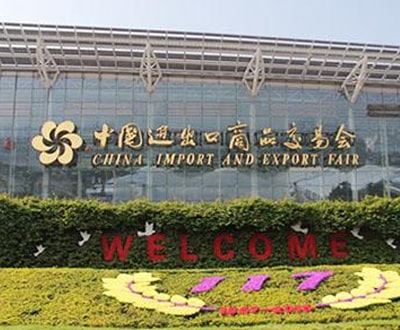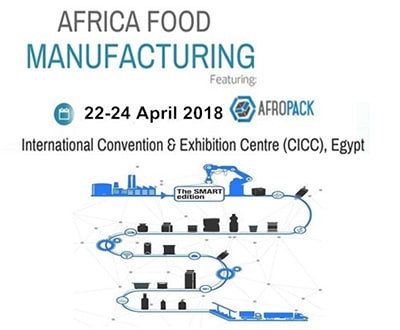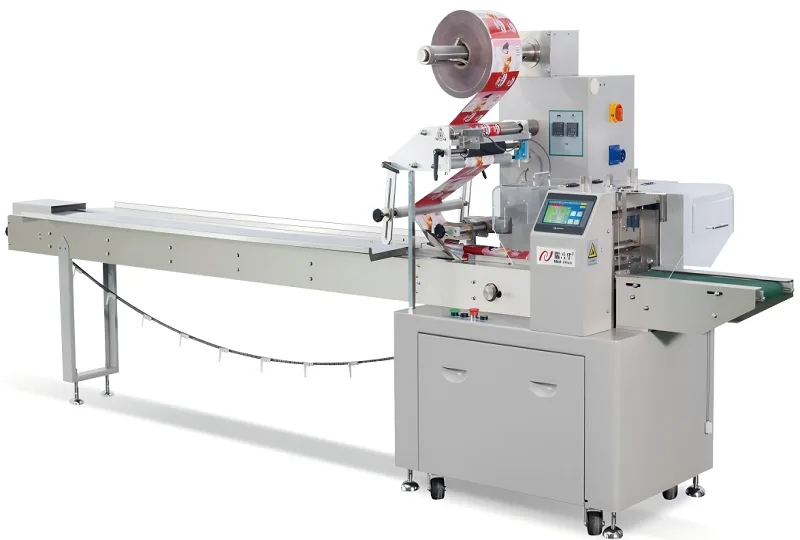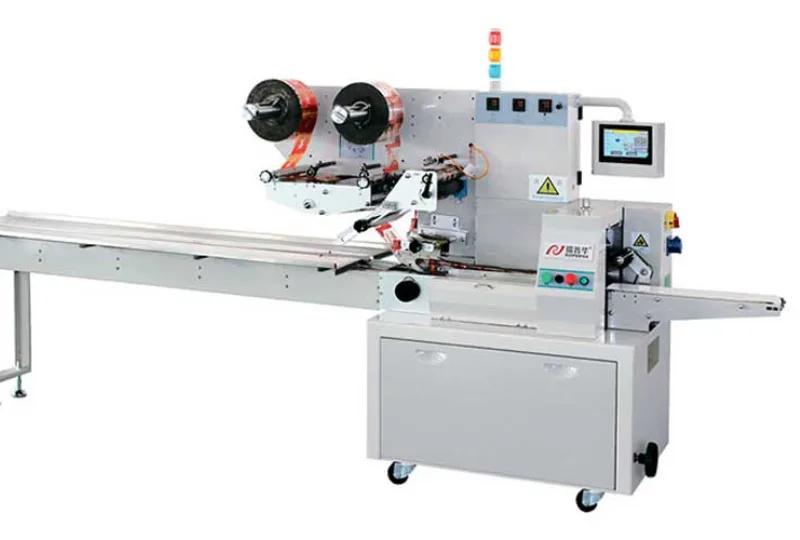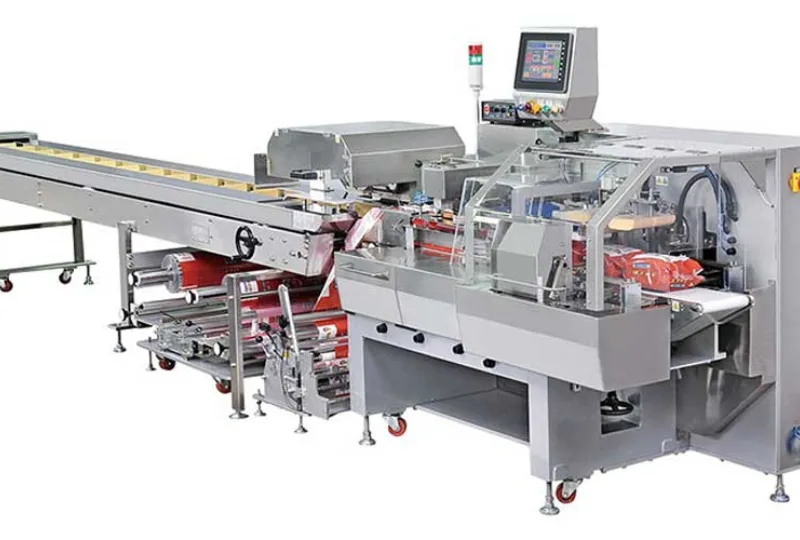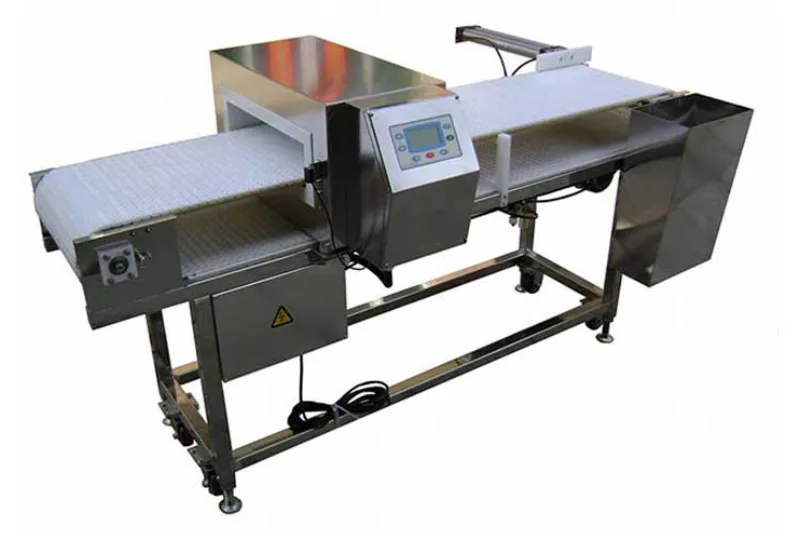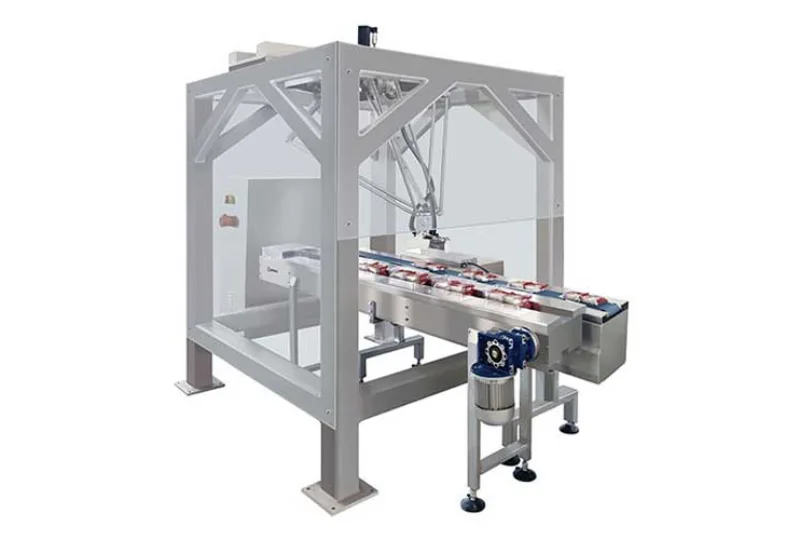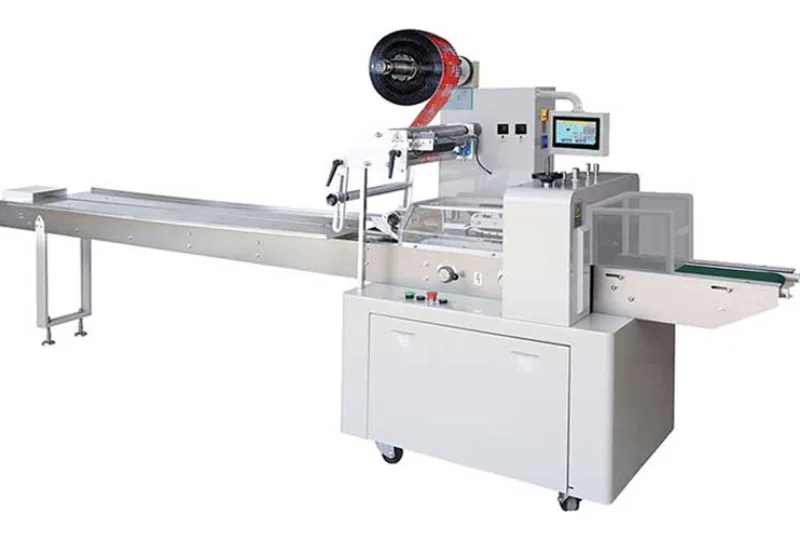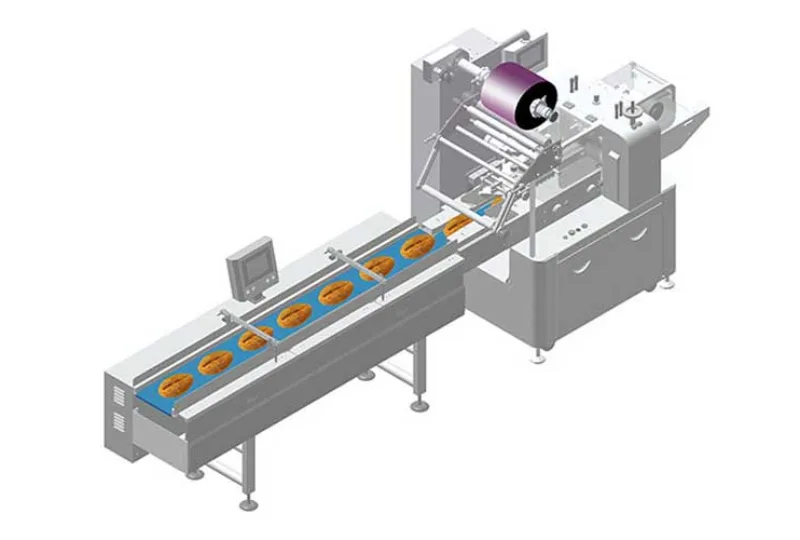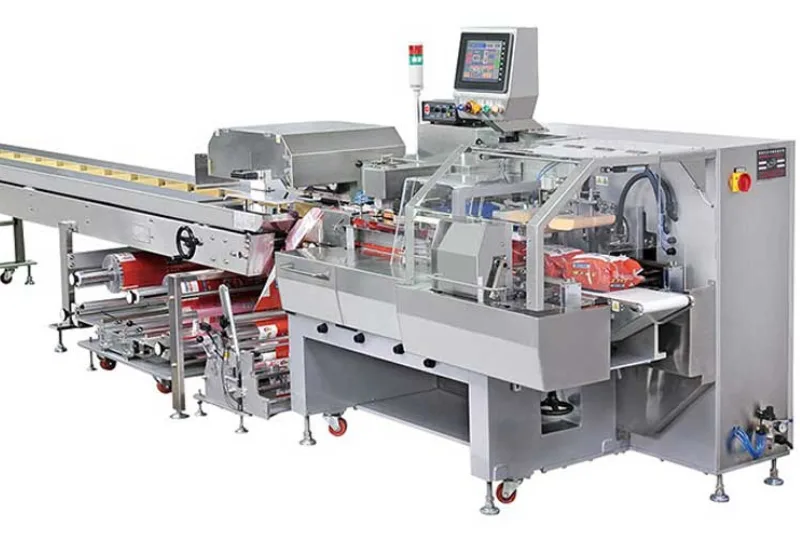From Startup to High-Speed Production- Bread Wrapping Machines
In the bustling world of food manufacturing, bread plays a pivotal role, serving as a staple in countless households and commercial establishments. To ensure its freshness, preservation, and appeal, bread wrapping machines have become indispensable. The journey of these machines from humble beginnings to high-speed production marvels has transformed the bread industry.
Pioneering Beginnings
The concept of bread wrapping emerged in the early 1900s, fueled by the need to prevent bread from drying out and spoilage. Manual wrapping using paper or cloth was the norm, but it was labor-intensive and inconsistent. In 1928, the first commercially viable bread wrapping machine was introduced, marking a turning point in the industry.
Mechanical Advancements
Over the decades, bread wrapping machines underwent significant mechanical advancements. The development of heat-sealable films allowed for more efficient sealing, while automated feed systems eliminated the need for manual loading. Machines became increasingly sophisticated, incorporating sensors and microprocessors to optimize wrapping parameters and minimize downtime.
High-Speed Production
As demand for packaged bread surged, the need for high-speed production machines became imperative. In the 1990s, new technologies such as servo motors and programmable logic controllers (PLCs) enabled machines to operate at unprecedented speeds. These machines can now wrap hundreds of loaves of bread per hour, meeting the production demands of large-scale bakeries.
Energy Efficiency
Sustainability has become a paramount concern in the manufacturing industry. Modern bread wrapping machines incorporate energy-efficient features, such as LED lighting and optimized heating systems. By reducing energy consumption, these machines not only lower operating costs but also contribute to environmental conservation.
Customization and Flexibility
In today’s competitive market, bakeries seek wrapping machines that can cater to specific product requirements and packaging styles. Modular designs allow for customization, accommodating different bread sizes, shapes, and wrapping materials. Machines offer versatile options such as single or double wrapping, tamper-evident seals, and branded packaging.
Advanced Technologies
The integration of advanced technologies has further enhanced the capabilities of bread wrapping machines. Optical sensors detect product defects, ensuring only high-quality bread is packaged. Artificial intelligence (AI) algorithms optimize wrapping parameters based on bread characteristics, reducing material waste and improving package integrity.
Conclusion
From their humble beginnings, bread wrapping machines have evolved into highly sophisticated and efficient production marvels. Through mechanical advancements, high-speed operation, energy efficiency, customization, and the adoption of cutting-edge technologies, these machines have revolutionized the bread industry. They continue to play a vital role in preserving the freshness and appeal of one of the world’s most beloved foods.
-
01
Automatic Tray Loading and Packaging Equipment: Boost Efficiency to 160 Bags/Minute
21-11-2025 -
02
Automatic Soap Packaging Machine: Boost Productivity with 99% Qualification Rate
21-11-2025 -
03
A Deep Dive into Automatic Toast Processing and Packaging System
18-11-2025 -
04
The Future of Bakery Production: Automated Toast Processing and Packaging System
18-11-2025 -
05
Reliable Food Packaging Solutions with China Bread, Candy, and Biscuit Machines
11-10-2025 -
06
High-Performance Automated Food Packaging Equipment for Modern Production
11-10-2025 -
07
Reliable Pillow Packing Machines for Efficient Packaging Operations
11-10-2025 -
08
Advanced Fully Automatic Packaging Solutions for Efficient Production
11-10-2025 -
09
Efficient Automatic Food Packaging Solutions for Modern Production
11-10-2025 -
10
Advanced Automatic Packaging Equipment for Efficient Production
11-10-2025



